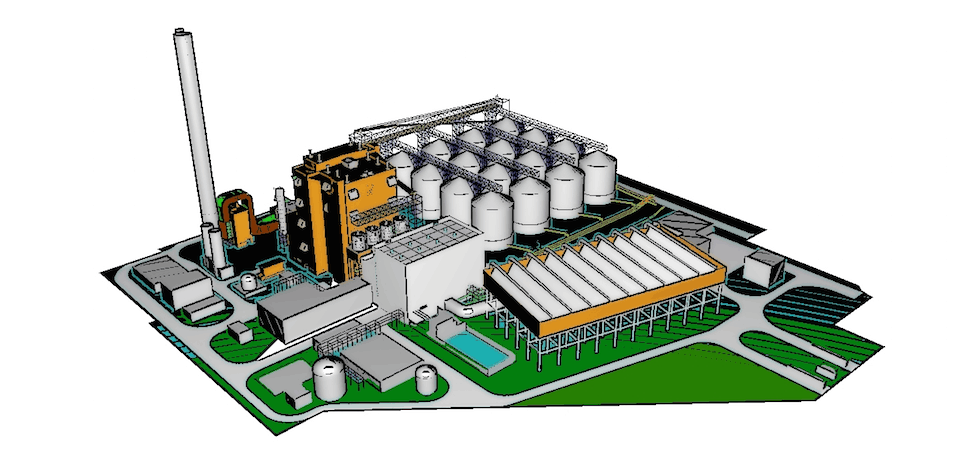
The 299MWe combined heat and power (CHP) plant is to be built on land within the Teesport Estate near Middlesbrough.
Project developer MGT Power announced in July 2015 that it was partnering with Macquarie Capital and Macquarie Commodities and Financial Markets to deliver the project. Macquarie and Danish pension fund PKA, will now become the joint owners of MGT Teesside, which will own and manage the Tees Renewable Energy Plant (Tees REP).
The project will be built under a turnkey engineering, procurement and construction contract by a consortium of Tecnicas Reunidas of Spain and Samsung Construction and Trading (SCT) of South Korea. At least 600 jobs will be created during construction and about 100 full time jobs sustained on site once operational. The project is expected to sustain several hundred more jobs in the supply chain.
“The Tees REP project has had to overcome many hurdles in development but we have now successfully reached the next stage despite the difficult financing environment," said Ben Elsworth, CEO of MGT Teesside. "We can’t wait to get work started on site and make this project a huge success for the Teesside region”.
PD Ports will provide biomass discharge services through the port of Teesport. Teesside-based energy and process industry specialist, the px group, will support MGT Teesside during the construction phase alongside Poyry Energy, RPS and Mace.
Tees REP will be fuelled by wood pellets and chips from the United States and Europe that will be delivered directly via ships arriving at Tees Dock adjacent to the plant. The CHP plant itself will be compromised of one circulating fluidised bed boiler supplied by Amec Foster Wheeler.
Site preparation works will begin within weeks, with main construction works starting a few months later. Commercial operations are due to start in 2020.





Nanogenerator consumes CO2 to generate electricity
Nice to see my my views being backed up by no less a figure than Sabine Hossenfelder https://youtu.be/QoJzs4fA4fo